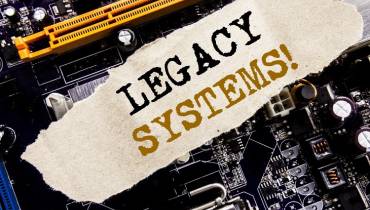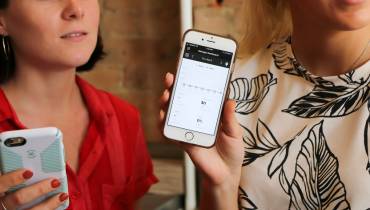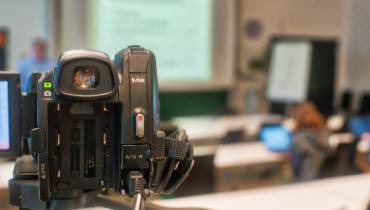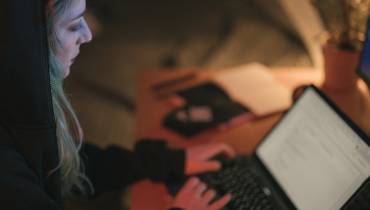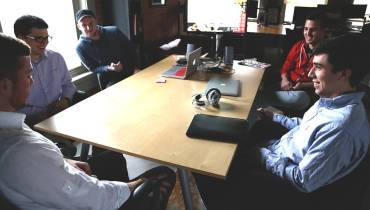Active Learning & Coaching: 8 Factors to Create a Flexible Learning Environment
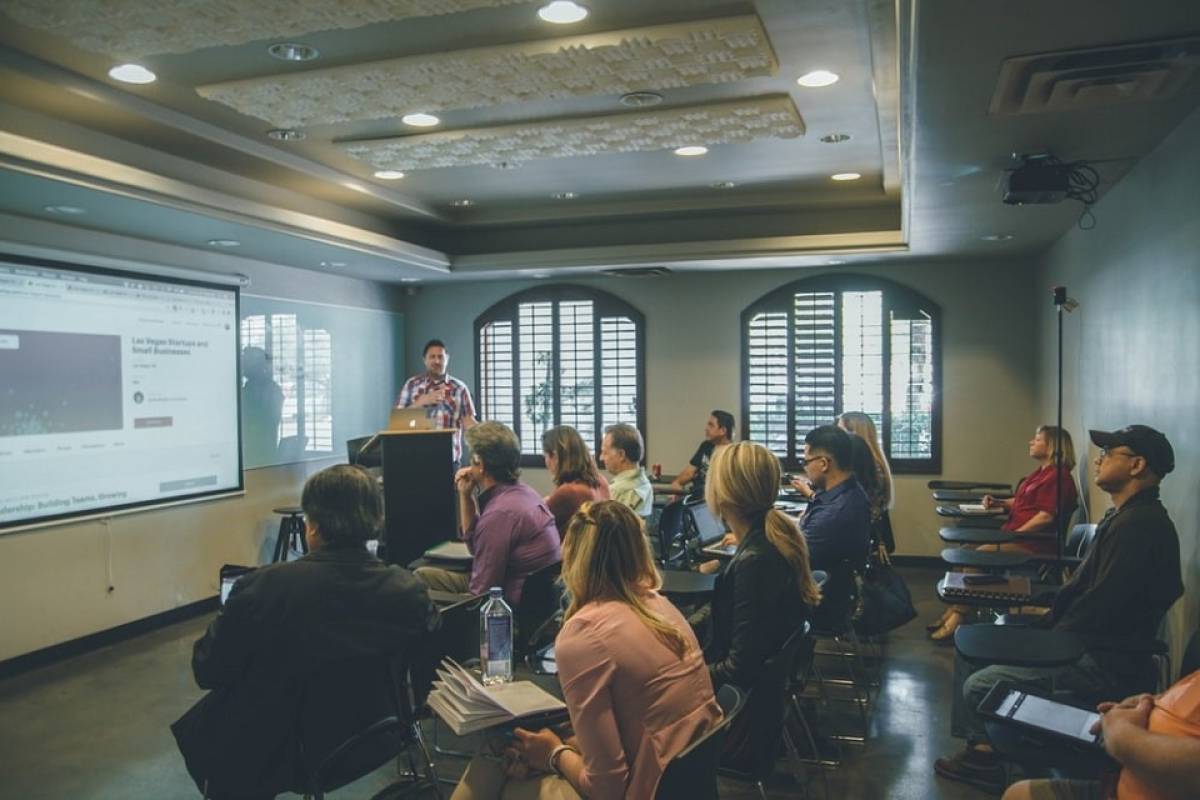
Over the past few decades, as technology has advanced and new learning and training tools have emerged, the methods and approaches of teaching, educating, and instilling knowledge in students has also improved and evolved greatly.
If you are an educator, coach, or entrepreneur looking to make an impact in your coaching, training, or teaching profession, then the active learning model – in which teaching strives to involve students in the learning process more directly than in other methods – is the way to go.
The active learning model has completely changed the way that educators, coaches and tutors think about educating their students. Instead of following the old method where students just sit passively listening and taking notes, in active learning students actively participate in the process—reading, writing, discussing and collaborate with each other.
Rise of Active Learning
According to a Harvard University report, active learning has been around for 30 years, but people are still trying to figure out ways to incorporate it into the classroom setting.
Huntington Lambert, dean of Harvard’s Division of Continuing Education, explains the nature of active learning and the way it has evolved over the years with an example from one of his business courses:
“I can choose to lecture on the elements of a business model canvas. Or I can choose instead to help the students learn by doing,” he says. “In the latter scenario, I’m merely the facilitator as the students build a business model canvas using posters and sticky notes. I might take it a step further by first providing a five- to six-minute overview, followed by a group canvas building exercise, team presentations, and a feedback session. That’s active learning.”
As this learning method grows in popularity, the benefits of this approach over the old passive method of learning is obvious. Students just learn better in active learning. As Lambert stresses, “An active learning style is much more effective at actually getting students to learn the material than the old, slow, lecture-homework-grading cycle.”
But, to ensure you execute the active learning model effectively in your line of work, your active learning classroom design also needs to keep pace with the changes.
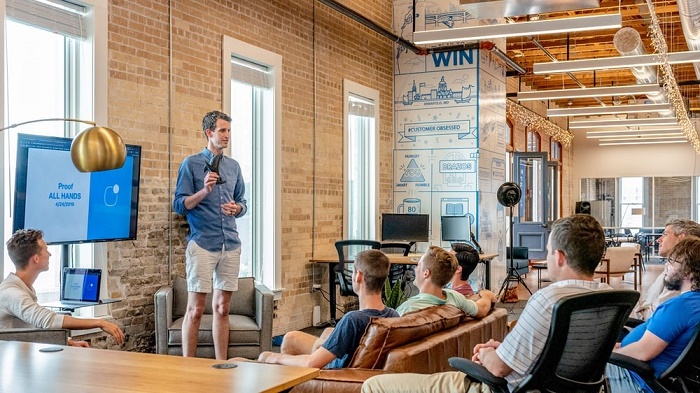
Designing an Active Learning Environment
The standard classroom setup where desks were all lined up in neat, tidy rows has begun to change. Instead, today's teachers are opting for designs with more flexibility. With these designs, rearranging the classroom is fast and easy. This allows students to learn more effectively.
If you are looking for ideas on how to make a classroom more flexible, there are a lot of options available. Today's flexible learning spaces are not only different than the classrooms of the past, but their designs can also vary quite a bit.
The best way to create a functional space is by putting your creativity to work during the design process. As you brainstorm ideas, carefully consider these eight factors:
1. Active Seating
One way to improve classrooms is by making it easier for students to move around during extended periods of learning.
Recent research has linked long periods of sitting with an increased risk of certain health conditions, including obesity, diabetes, heart disease, and some cancers. That is why it is so important to keep students moving during the day.
Along with encouraging students to periodically get up and move to different locations, you should consider incorporating the concept of active sitting into the design of the classroom.
Active seating is designed to keep people moving, even when they are seated. While this type of seating may not work well for every situation, certain students and some kids do better in environments where they can move around or fidget.
Staying more active while sitting not only provides physical benefits like improved blood circulation, but it also makes certain tasks easier to perform from a seated position.
Even though this concept seems relatively new, you probably are already familiar with a classic active sitting device: the rocking chair. These chairs allow people to easily rock back and forth even when they are sitting down.
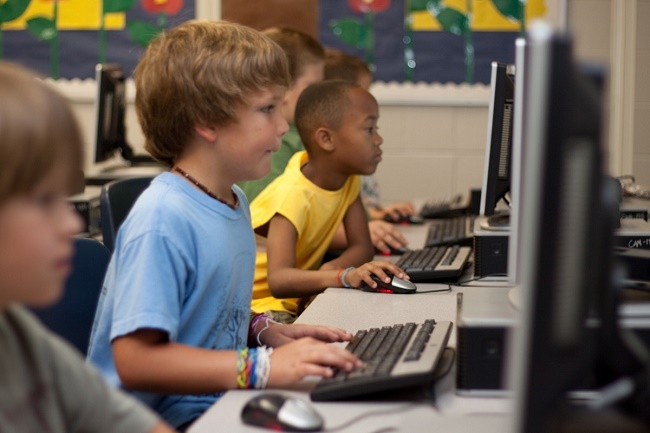
2. Comfy Seating for Lounging
When you start looking at pictures of flexible learning environments, one of the first things that you will notice is that they usually incorporate many different types of seating. This includes unconventional seating options like beanbags, floor pillows, and stability balls.
In some cases, classrooms even have couches or sofas like you would find in a typical home. Many students have an easier time focusing when they are in an environment that brings to mind the comforts of home.
Ultimately, you should look for chairs that are comfortable to sit in. Everyone has slightly different opinions when it comes to what is or isn't comfortable.
To account for that, you should include several different seating styles in the classroom. There are a lot of different chairs on the market that is designed with comfort in mind.
Many of these styles are quite popular, while others aren't quite as well known. It is worth comparing all of your options to determine which types of seating will help students stay the most comfortable when they are in the classroom.
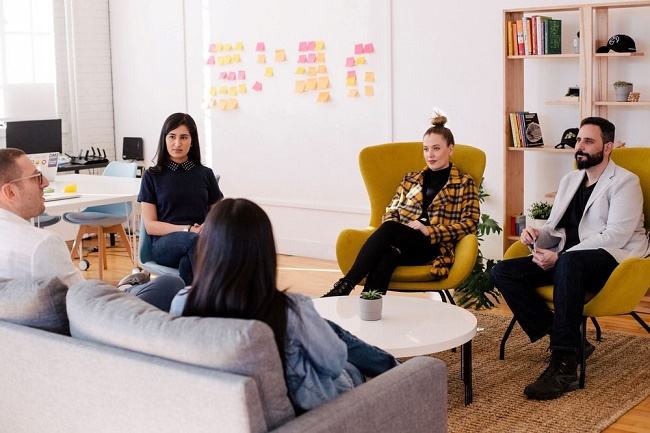
3. Create Separate Zones or Spaces
When designing a flexible space for learning, it is helpful to create separate zones for different activities. For instance, you might have one zone where students can sit quietly and read, while another zone is designed for students to work with one another on projects.
The easiest way to achieve this is by using freestanding screens or dividers. That way, you don't have to make any renovations to the classroom itself.
4. Add Standard School Desks
Desks are designed to make certain activities like reading, writing, and working on a computer easier. They are most commonly found in offices, classrooms, and homes.
Depending on their design, they may or may not have drawers or compartments where extra items like pens and pencils can be stored. The most common materials used to make desks are metal and wood. In some cases, however, they also incorporate glass.
Certain desks feature a table-like design, with a seating area on one side where a chair can comfortably fit. Other desks are designed like armoires, with doors that open and close so that the work area can be closed off when it is not in use. There are even lap desks, which are small desks that can easily be carried from one area to another.
Even though the idea of creating a flexible classroom is to incorporate modern elements, traditional furniture pieces like desks can still be beneficial. It is important to remember that everyone has unique preferences when it comes to how they prefer to sit and learn.
Also, even though some students might do best when they are lounging on a couch, others are more productive when they have an opportunity to sit at a desk. Creating multiple seating options is the best way to make sure the needs of every student are met.
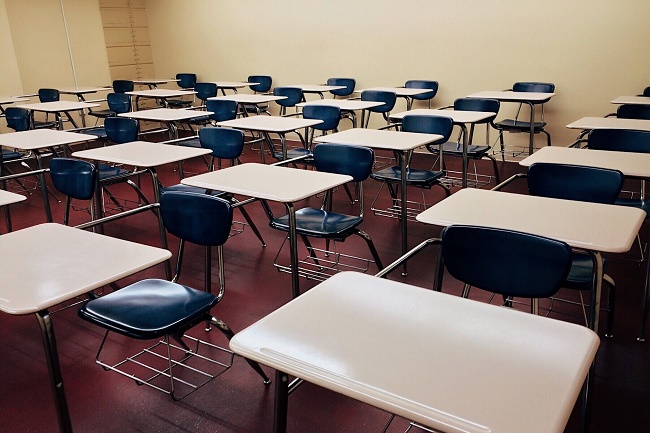
5. Furniture That Is Easy to Move
The whole idea behind creating a flexible classroom is that it should be easy to change around. To make the process of rearranging the classroom as easy as possible, look for furniture that is mounted on wheels.
For instance, the Five Star and Tripod Base chairs from Shortcut both have attached wheels, making them a good option for flexible learning environments.
You can also find basic tables with casters attached to the bottom of the legs, making it easy to move to various work surfaces around the space.
Not all movable furniture needs to have attached wheels. Another option is to go with lightweight pieces that can easily be lifted and carried from one location to another.
6. Use Technology to Enhance the Classroom
Few things have changed the world of learning as much as the introduction of technology. In the classroom, features that incorporate technology can make a big difference in how easy it is for students to learn.
For instance, setting up Bivi desks as technology-based centers for learning allows students to work with one another to grow their knowledge.
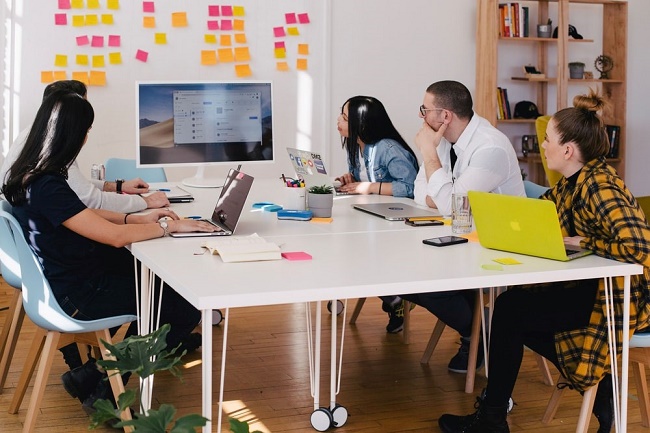
7. Surfaces That You Can Write On
Even though technology plays a key role in today's classrooms, traditional tools like whiteboards are still extremely beneficial.
Students and kids often remember things better when they have a chance to write them down. Whiteboards also make it easier for teachers to get certain types of information across to students. That doesn't necessarily mean, however, that you need to use a wall-mounted whiteboard. Instead, you may want to look into writable surfaces.
Painting everything from doors and desks to lockers and filing cabinets with chalkboard or whiteboard paint is a great way to create a surface that you can write on directly. That means that you don't need to have paper available to jot down your ideas.
Turning the top of a desk into a writable surface also makes it easy to take notes or to keep track of small details that could easily be forgotten.
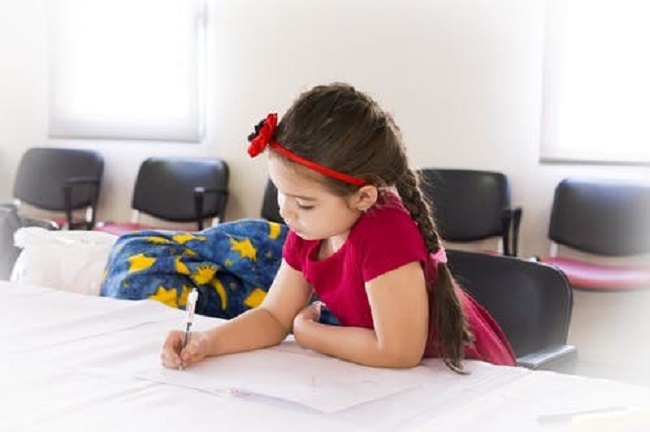
8. Surfaces for Working
Flexible classrooms should also have a variety of surfaces where students can work. Some kids prefer working in a seated position, while others do best when they are standing.
Adding tables and desks in varying heights is the best way to ensure that every student can work comfortably, no matter what type of surface they prefer.










